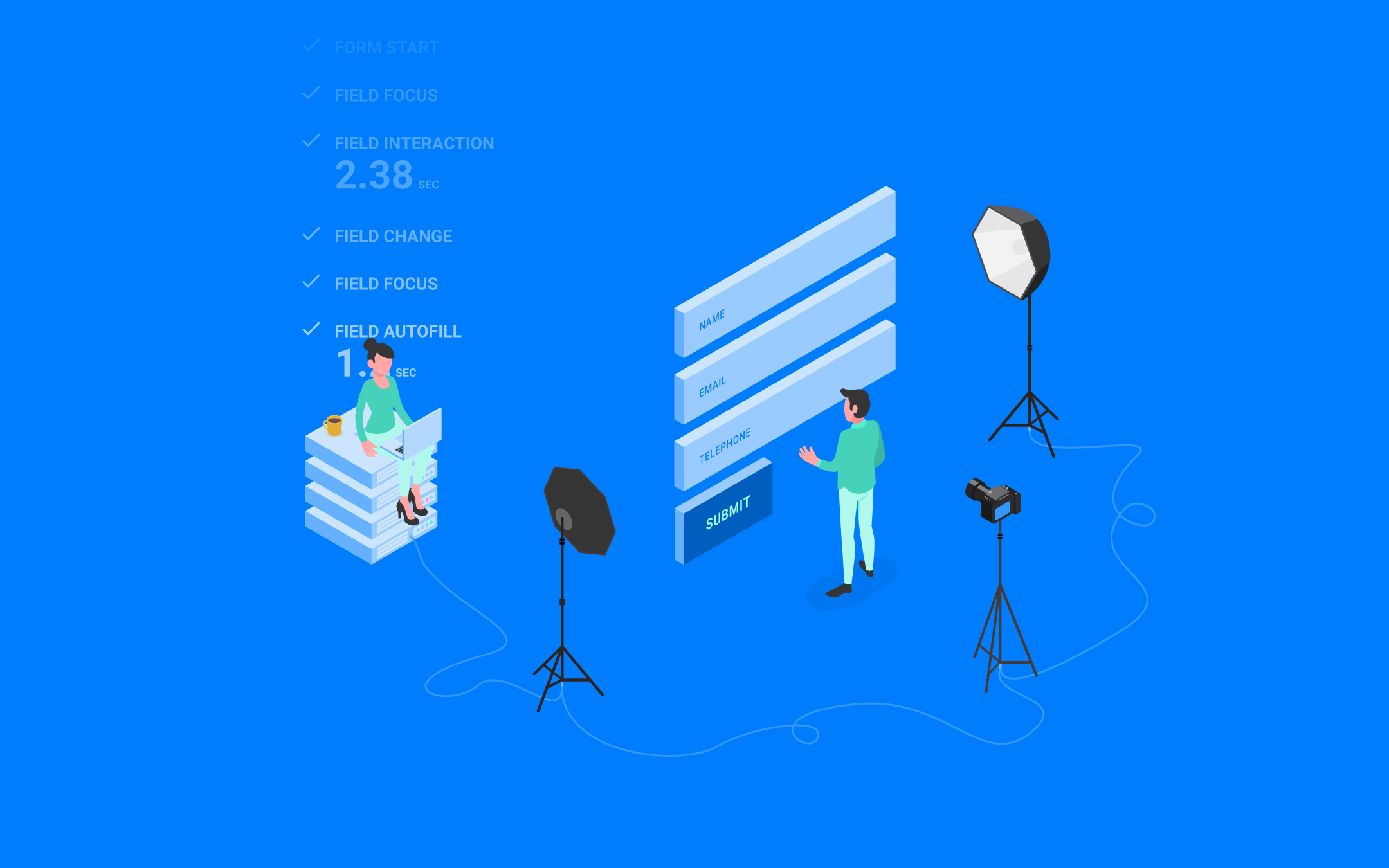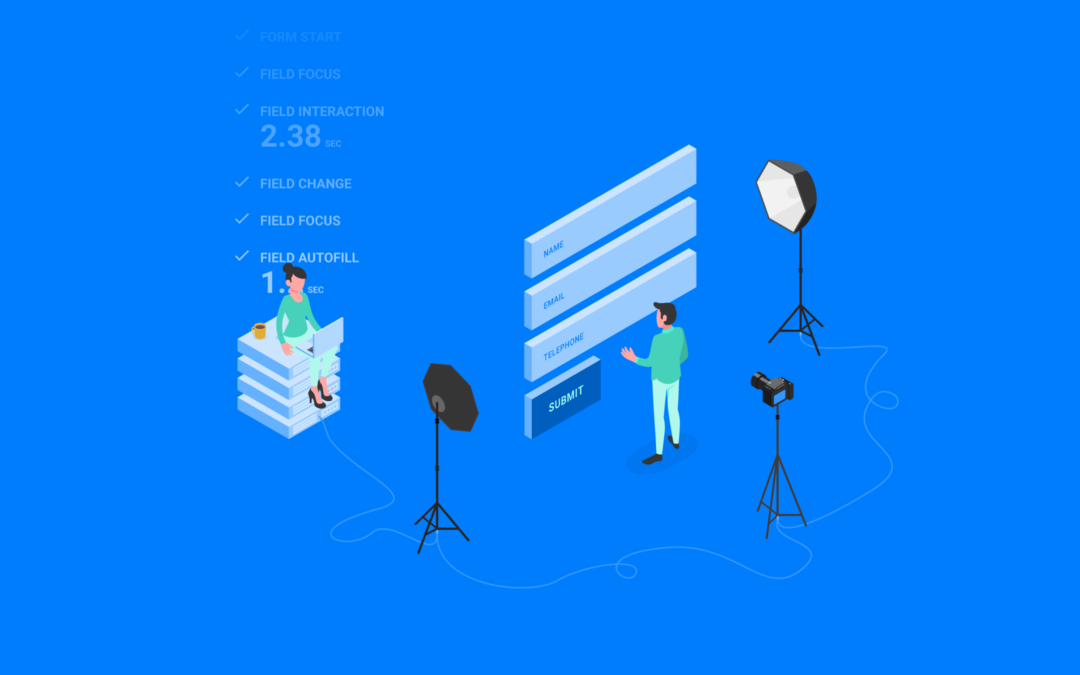
What are session recordings?
Session recordings, also known as user session recordings or session replays, are recordings of user interactions on a website or app. They capture the user’s entire session, including their mouse movements, clicks, scrolling behavior, form inputs, and other on-screen actions. These recordings provide a detailed visual representation of how users engage with a digital product or platform.
Session recordings typically utilize JavaScript or similar technologies to track user interactions in real-time. The recorded data is then stored and can be replayed for analysis and review. Marketers, UX designers, product managers, and other stakeholders can access these recordings to gain insights into user behavior and make data-driven decisions to improve their websites or applications.
Session recordings are often combined with other analytics data, such as heatmaps, click maps, and conversion funnels, to provide a comprehensive understanding of user experiences. They are especially useful for understanding user behavior in complex or lengthy processes like online forms, multi-step checkout processes, or app onboarding flows.
Session replay providers
Many technology providers have session recordings as one of the features offered in their platforms. However, these four companies are often showing up on the short-list of digital marketers like UX designers or Conversion Rate Optimisation specialists:
Hotjar: Hotjar offers session recording as part of its comprehensive suite of tools for user behaviour analytics. It provides heatmaps, user feedback, surveys, and session recordings to help businesses understand and optimise user experiences.
FullStory: FullStory is a session replay and digital experience analytics platform. It captures user sessions and provides detailed insights into user behaviour, including heatmaps, funnel analysis, and conversion metrics.
Mouseflow: Mouseflow is a session replay and heatmap analytics tool that offers session recordings to visualise user interactions. It provides various features like heatmaps and conversion funnels to help businesses optimise their websites.
Contentsquare: Contentsquare is a digital experience analytics platform that helps businesses understand and optimise the customer journey on their websites and mobile apps.
VWO: VWO, which stands for Visual Website Optimizer, is a conversion optimisation platform that offers a range of features to help businesses optimise their websites, improve user experiences, and increase conversions.
Pricing varies a lot. Where Hotjar is starting for free and price varies on volume, suppliers like Contentsquare and Fullstory are more focussing on enterprise clients with corresponding (modular) high-end pricing.
So, with plenty of providers, every marketer is using it, right?
Uh, not really. That’s the feedback we got. And that is because there are several downsides to session recordings the way it is offered today. These are the main four reasons why session recordings offered by the top-5 are not delivering their promised added value:
- Privacy Concerns: Session recording involves capturing and storing user interactions, which can raise privacy concerns. Recording sensitive data, such as personally identifiable information or password inputs, without proper safeguards can pose a risk to user privacy. It’s crucial for organizations to handle user data responsibly, comply with privacy regulations, and obtain user consent when implementing session recording technology.
- Data Sampling: Session recording can generate a large volume of data, especially for websites or apps with high traffic. However, due to storage limitations or cost considerations, session recording solutions may employ data sampling techniques. Data sampling means recording and analysing only a subset of user sessions instead of capturing every session. This can introduce a potential bias and limit the accuracy of insights gained from session recordings.
- Resource-Intensive and Costly: Session recording technology requires substantial storage and processing resources to capture, store, and analyse large volumes of user session data. As a result, it can be costly, particularly for websites or apps with high traffic or complex user interactions. Most providers of session recordings charge a volume-based license fee for that reason. But costs is not limited to the license fee. Organisations need to consider the time spent by marketers to view the recordings as a cost as well. That brings us to the last argument:
- Lack of Quantitative Analysis Integration: While session recordings provide valuable qualitative insights into user behaviour, they are not inherently linked to quantitative analysis. Session recordings focus on individual user experiences and visual representations, which may make it challenging to integrate them with quantitative data like conversion rates, click-through rates, or other key performance indicators. Combining session recording insights with quantitative analysis requires additional effort and manual correlation to gain a comprehensive understanding of user behaviour. Without understanding how often the recorded UX friction occurred, it’s kind of meaningless.
Can Exatom overcome the current pitfalls of session recordings?
Yes, absolutely! Stay tuned as we are launching our webform session recording solution soon. This is how we will address the issues above and provide a best-in-class webform session replay product to digital marketers:
- Privacy: Exatom is a cookieless, privacy-first platform by design. All personal data is masked by default, without the need to flag personal data objects in your HTML additionally
- Data sampling & Costs: Exatom is focusing on the most important pages of the website only: web forms. These are registration forms, offer request forms, check-outs (anything that contains data input fields), etc. This way the volume of sessions is significantly lower. In addition, Exatom has set up a very lean and efficient recording infrastructure. Both arguments enable Exatom to avoid data sampling and provide 100% of the form sessions being recorded, offering 100% unbiased and accurate recordings of webform usage.
- Quantitative Analysis Integration: recording 100% of the webform sessions is creating another benefit: Exatom’s quantitative form analytics and field metrics can be linked directly to the corresponding session recordings. For example, when the field metrics disclose 8 abandoners after filling in their Date of Birth info, the Exatom user can click on this number 8 and will immediately see the list of 8 linked session recordings. A true symbiosis of quantitative and qualitative analysis.
Interested in a demo and seeing what is coming up? Feel free to plan 30mins with us.
